This is the first time since 1977 that a full moon occurs at Christmas. It was not until 2034 to see next. The event is rare enough for it to be photographed in the world.
The Universe is a wonderful gift to all astronomy enthusiasts, a full moon on Christmas Day. This is a rare event since it is the first time this has happened since 1977 and that the next time will be in 2034.
This full moon is also called “Cold Moon” because it is the first full Moon of winter in the Northern Hemisphere. It is exactly full at 11:11 GMT.
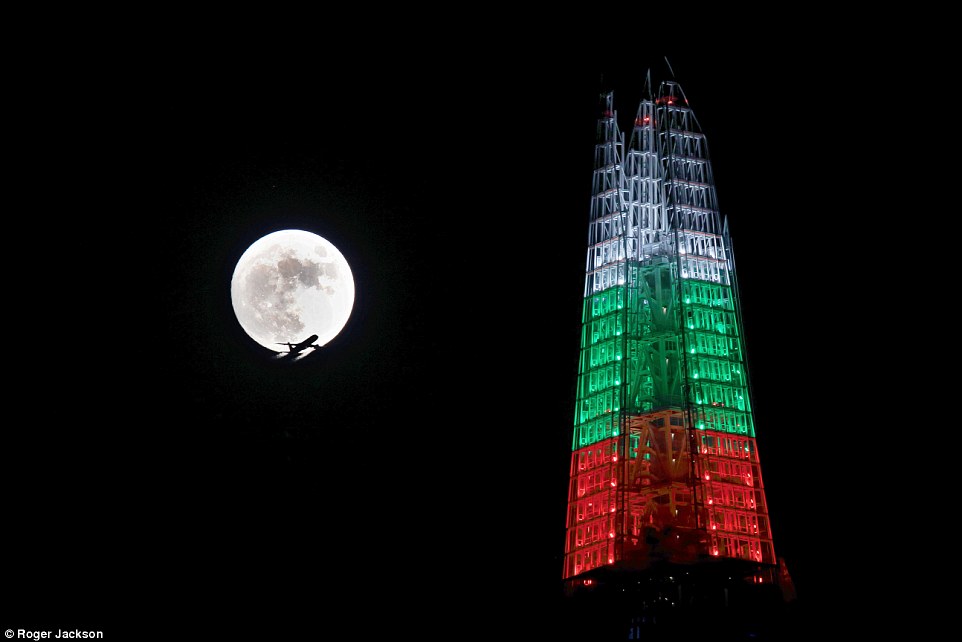
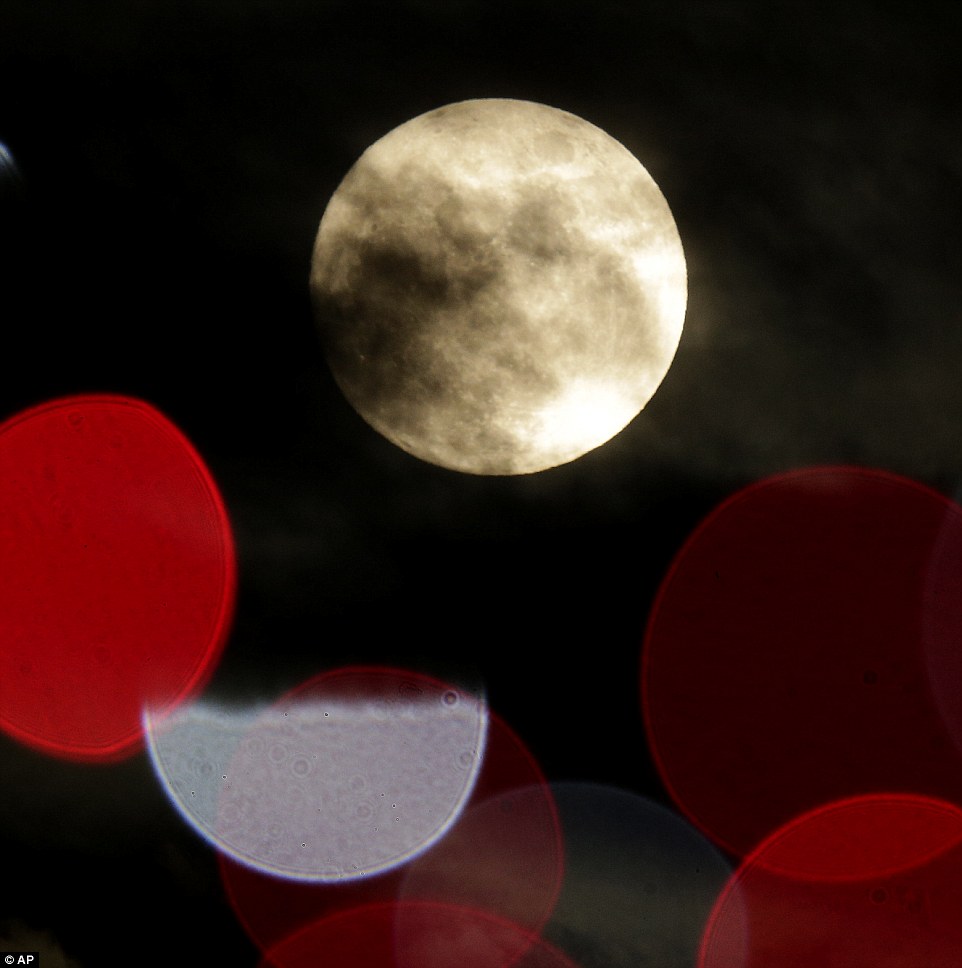
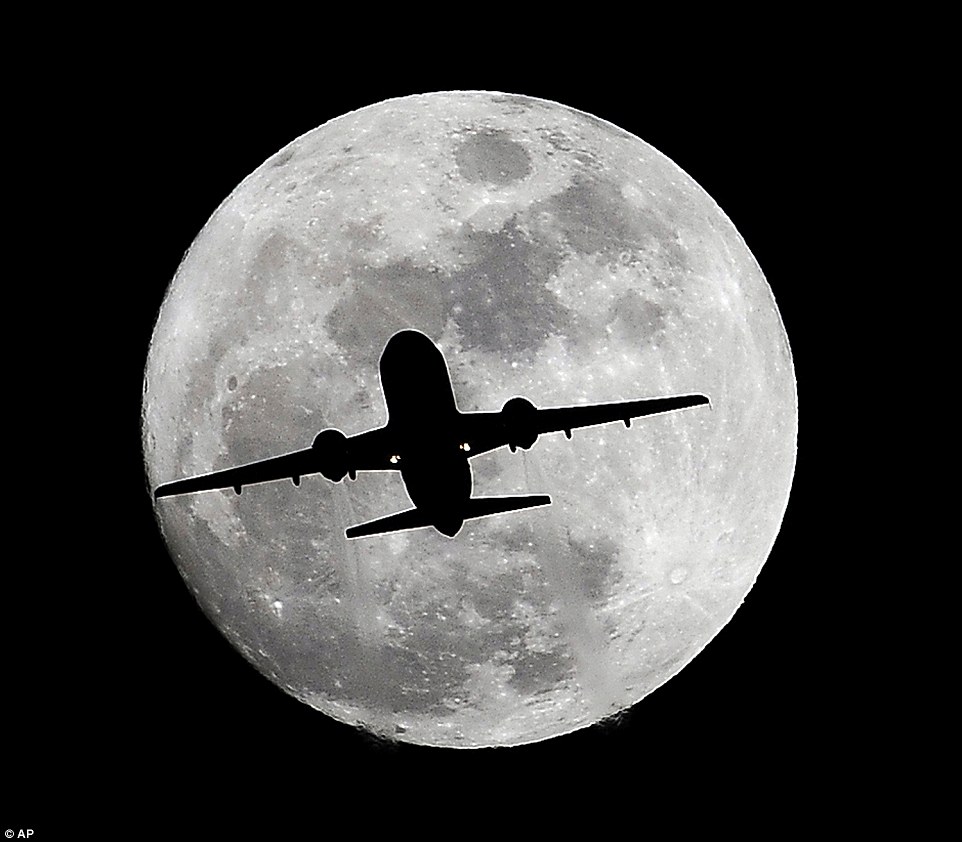
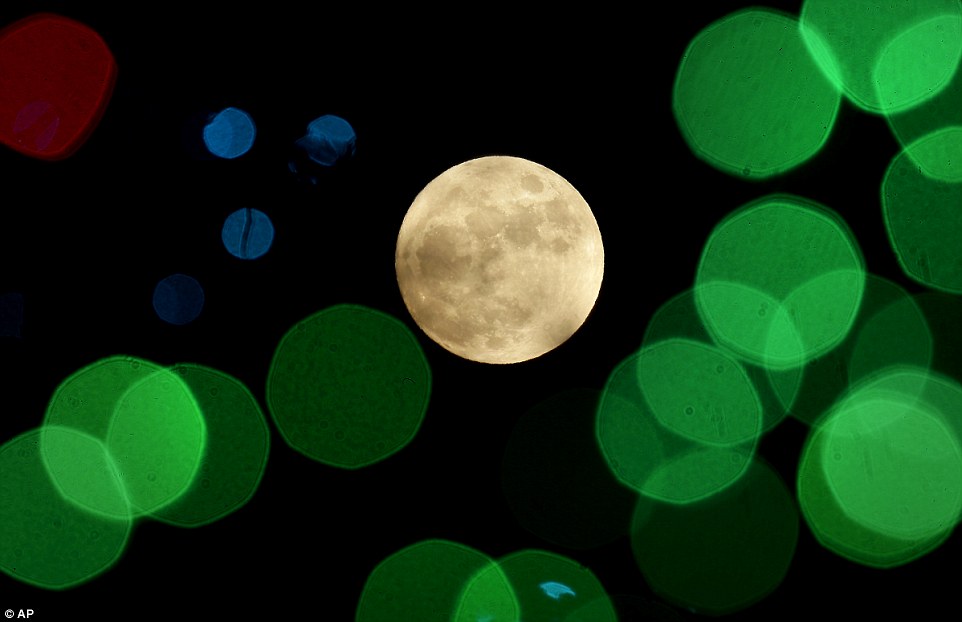 >
> 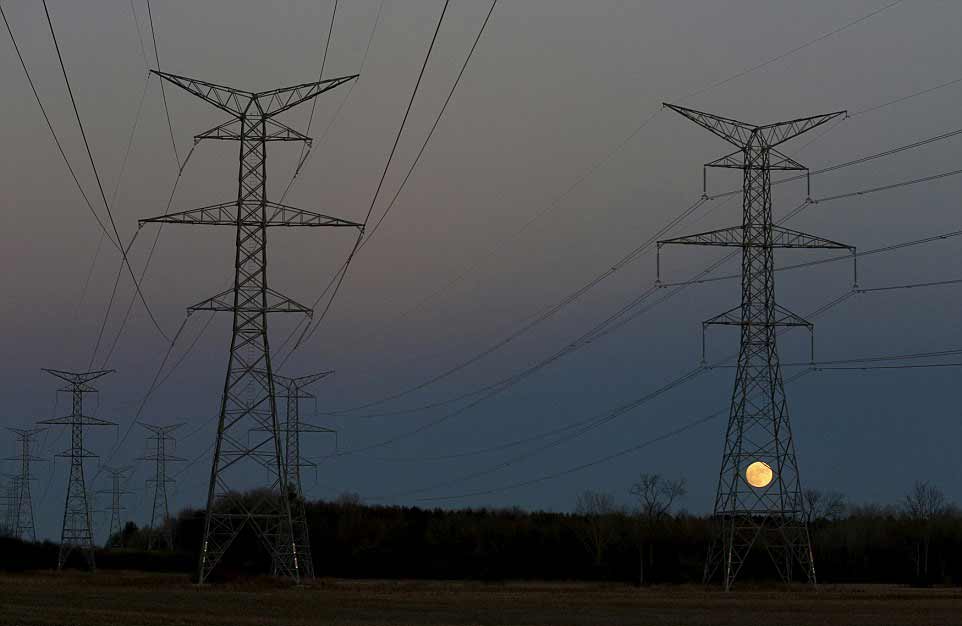
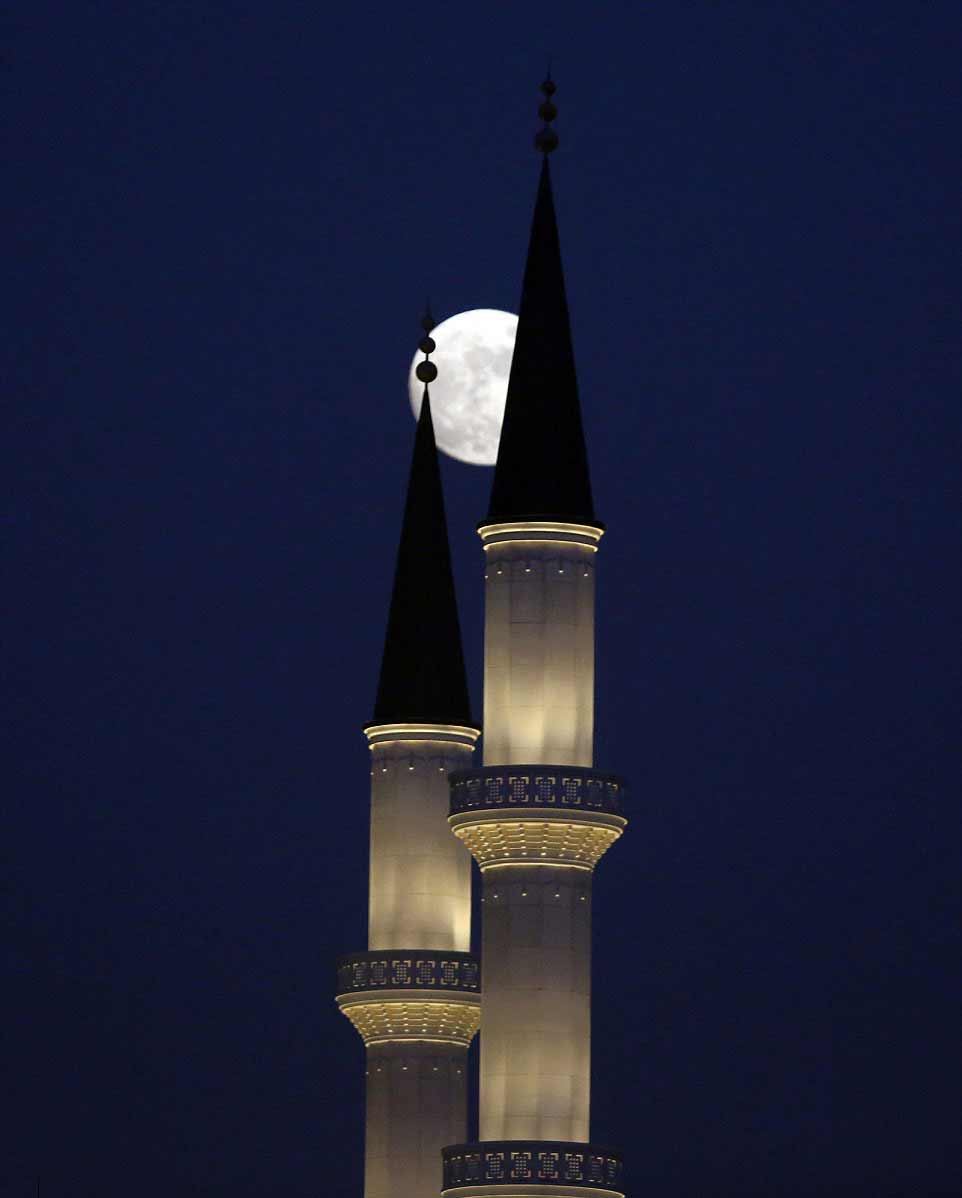
Normally, the full moon Christmas comes every 19 years. But because of differences in the lunar cycle, in 1996, she arrived a day early. Obviously, in order to observe it, it is necessary that the sky is cleared
Since the Goddard Space Flight Center, Nancy Neal Jones wrote. “When you watch this full Moon Christmas, think NASA probe that now revolves around it. “

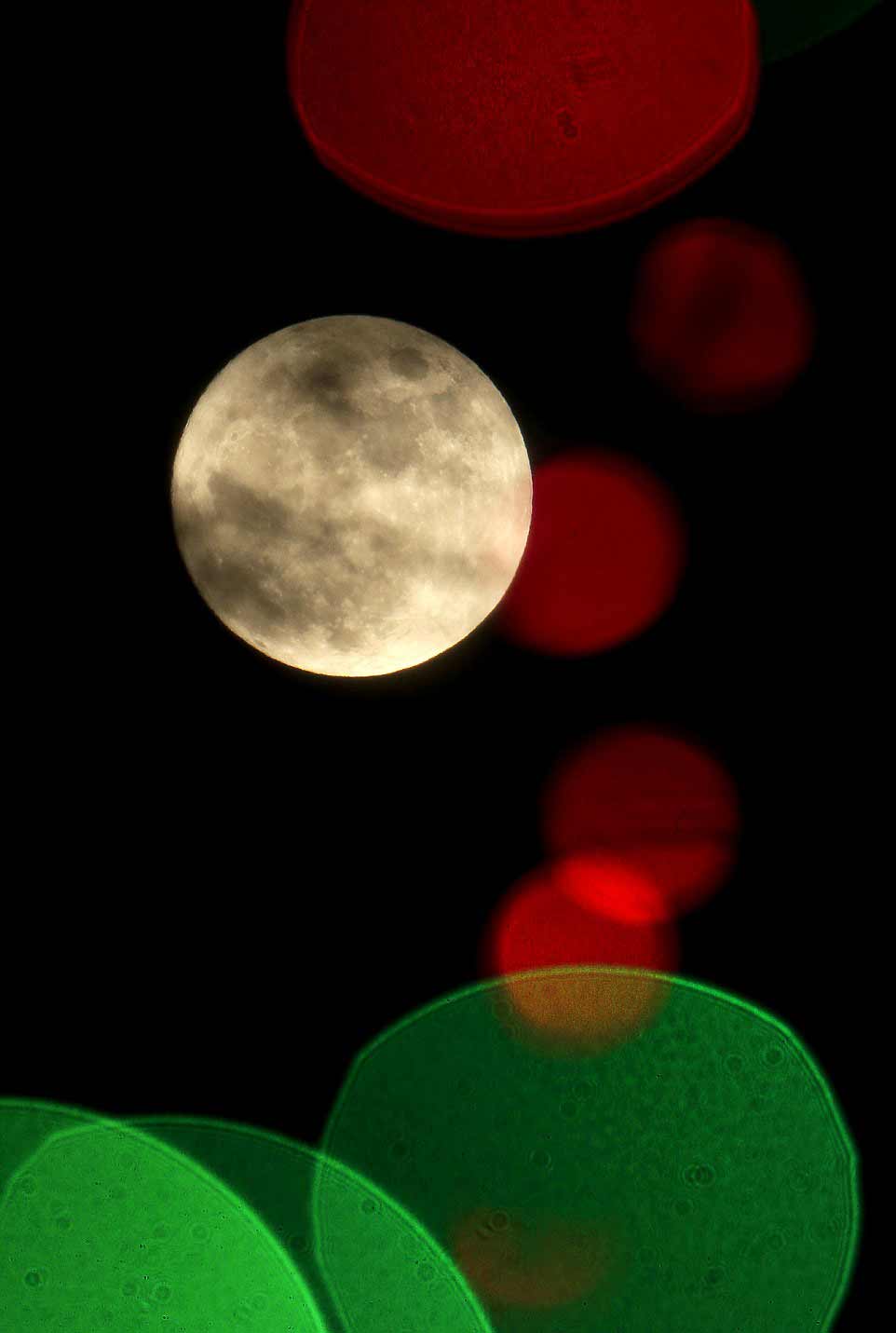
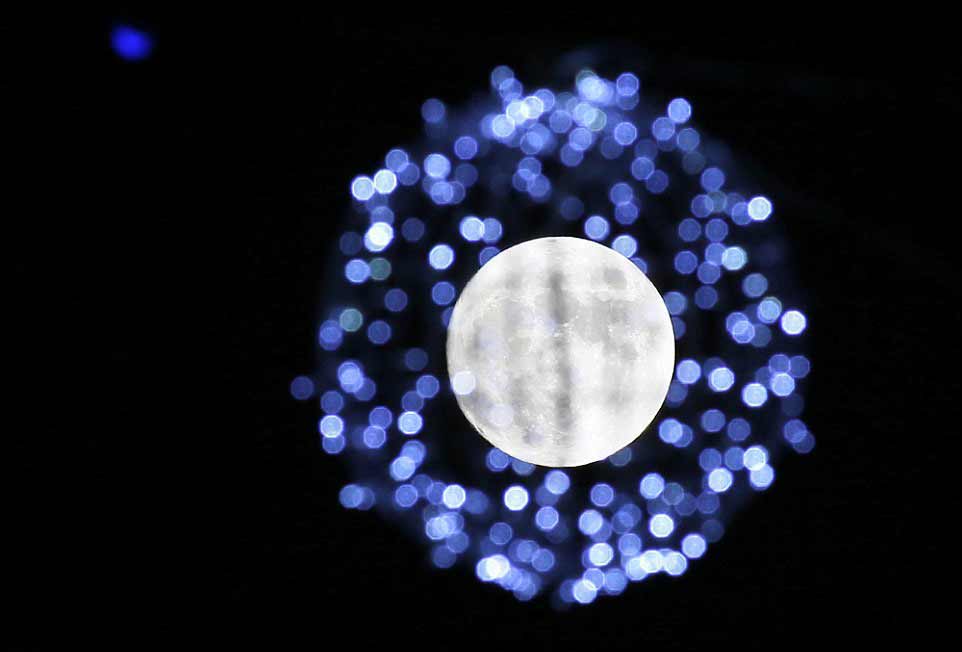
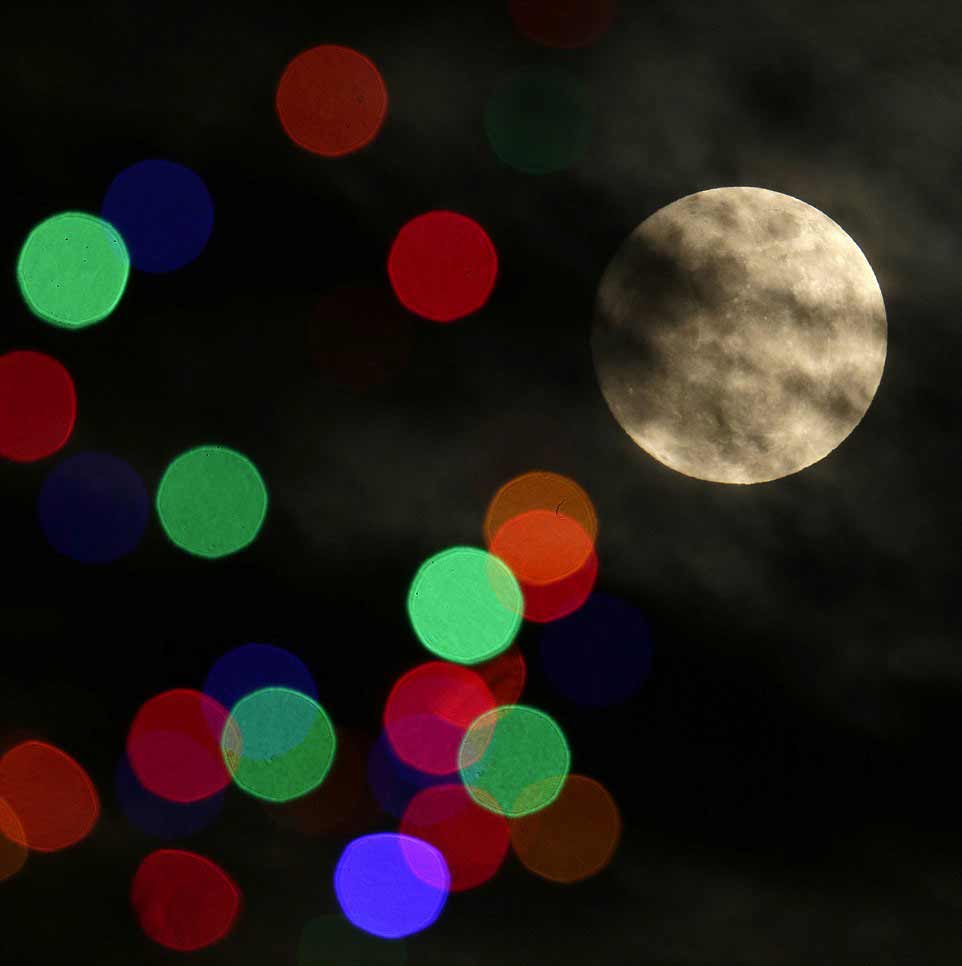
John Keller NASA added: “This is an opportunity to look at the Moon and to remember that it is more than a neighbor.” “The geological history of the Moon and the Earth are intimately related, Earth would be a different planet without the Moon. “
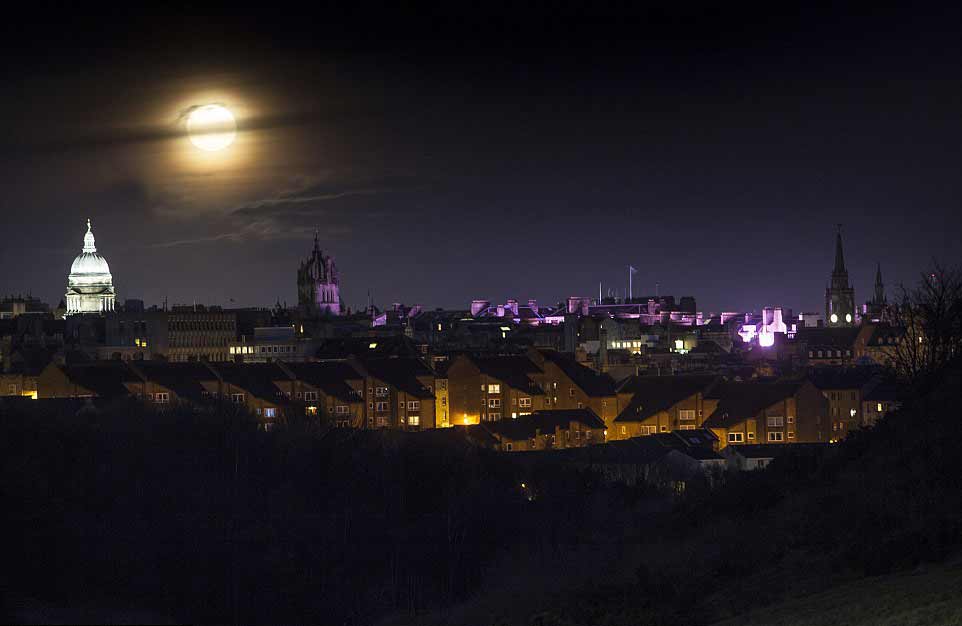
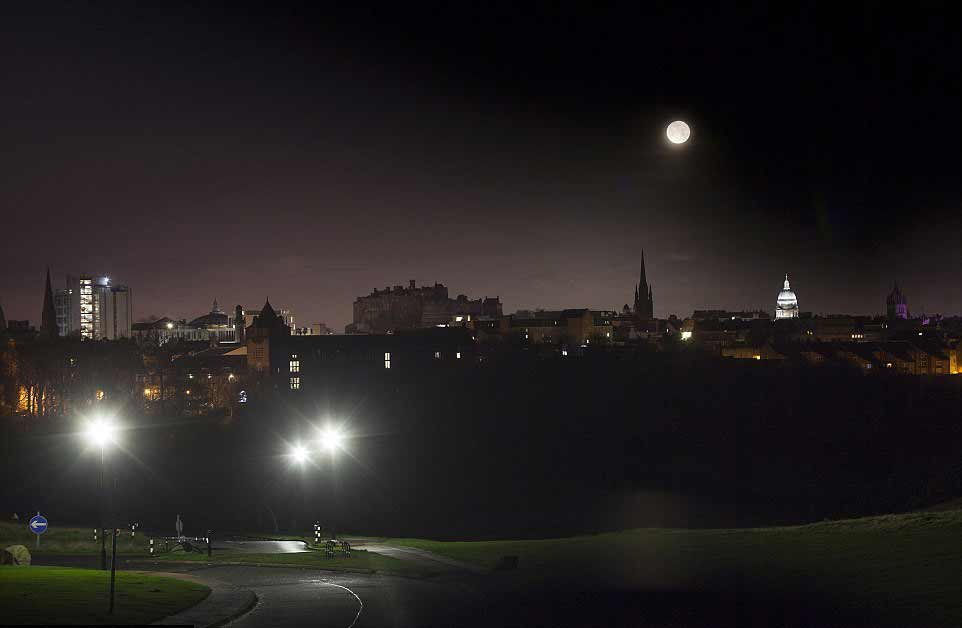
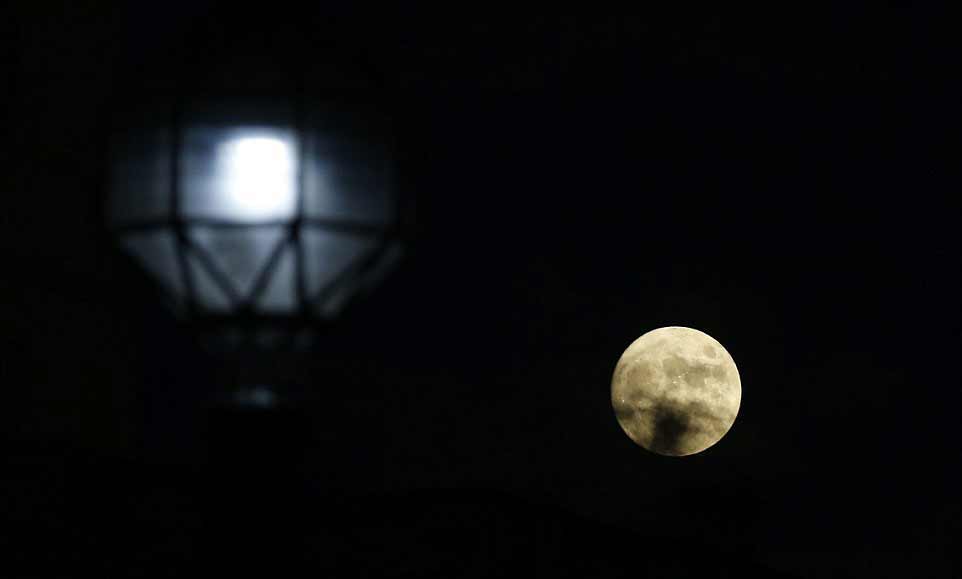

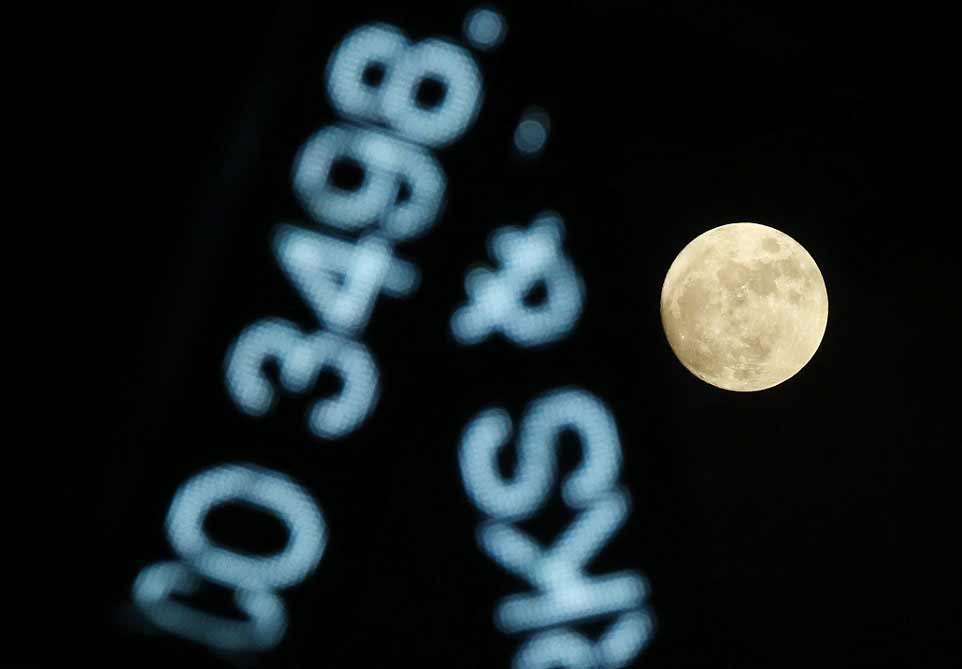
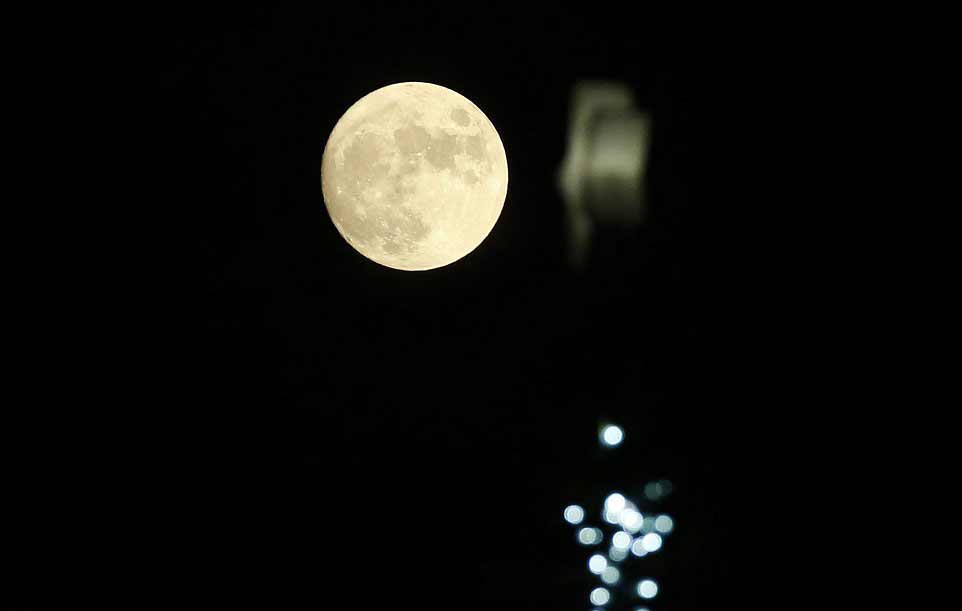
NASA has created a lunar calendar, covering the whole of 2016 in the form of a detailed video. 4K images are based on data provided by the LRO satellite. With the “Dial-A-Moon” tool, the user can enter a date is to see an image of the phase of the moon that day.
The moon has-been Described as an added gift for the holidays. Above, photographed in the skies on Christmas Eve London Above
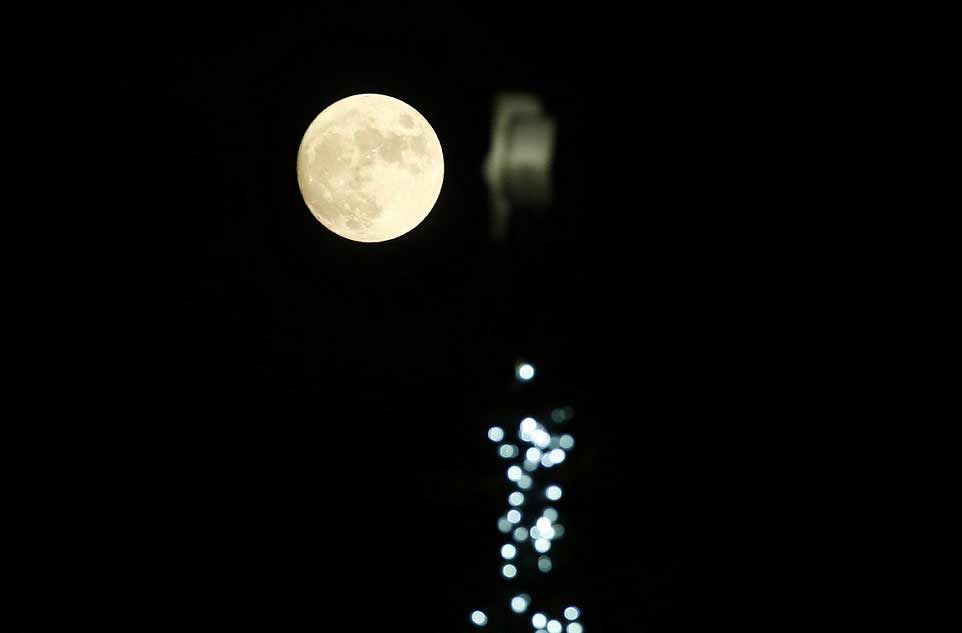
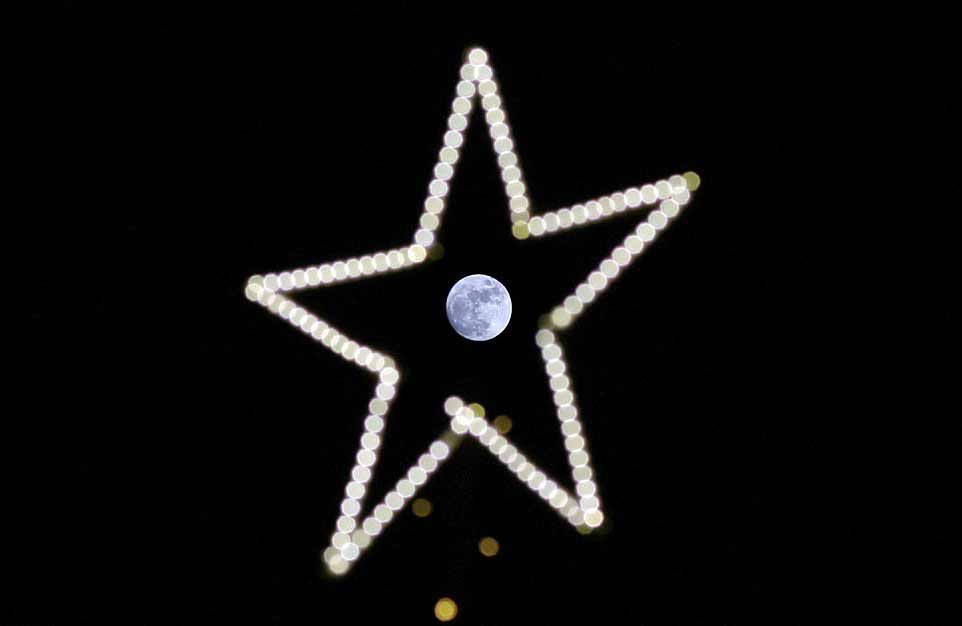
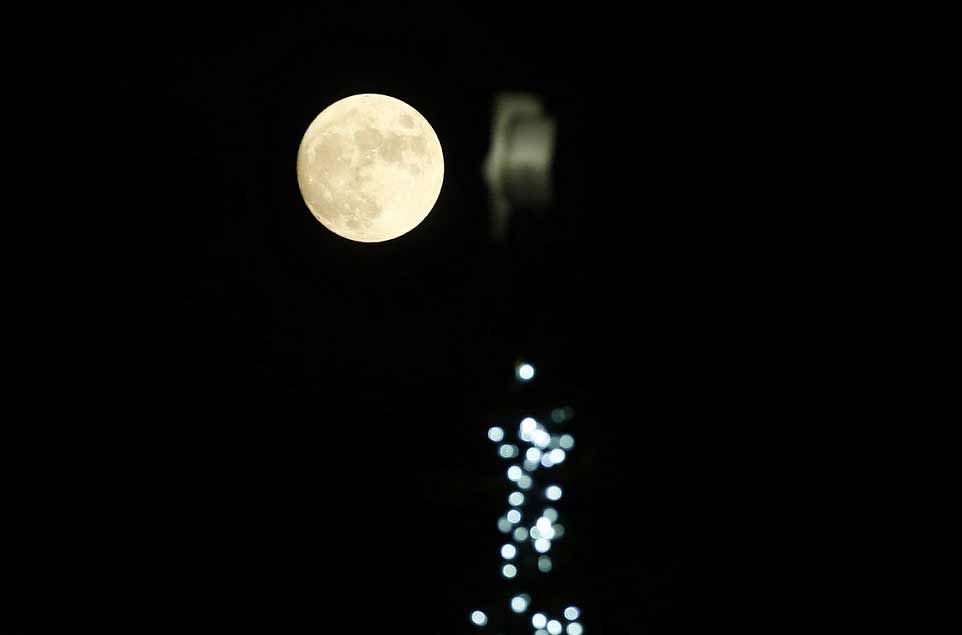
There are two versions of the video:. for the Northern Hemisphere and the Southern Hemisphere Each frame represents one hour and labeling functions provide information about the line side and the bright day dark side of the moon.
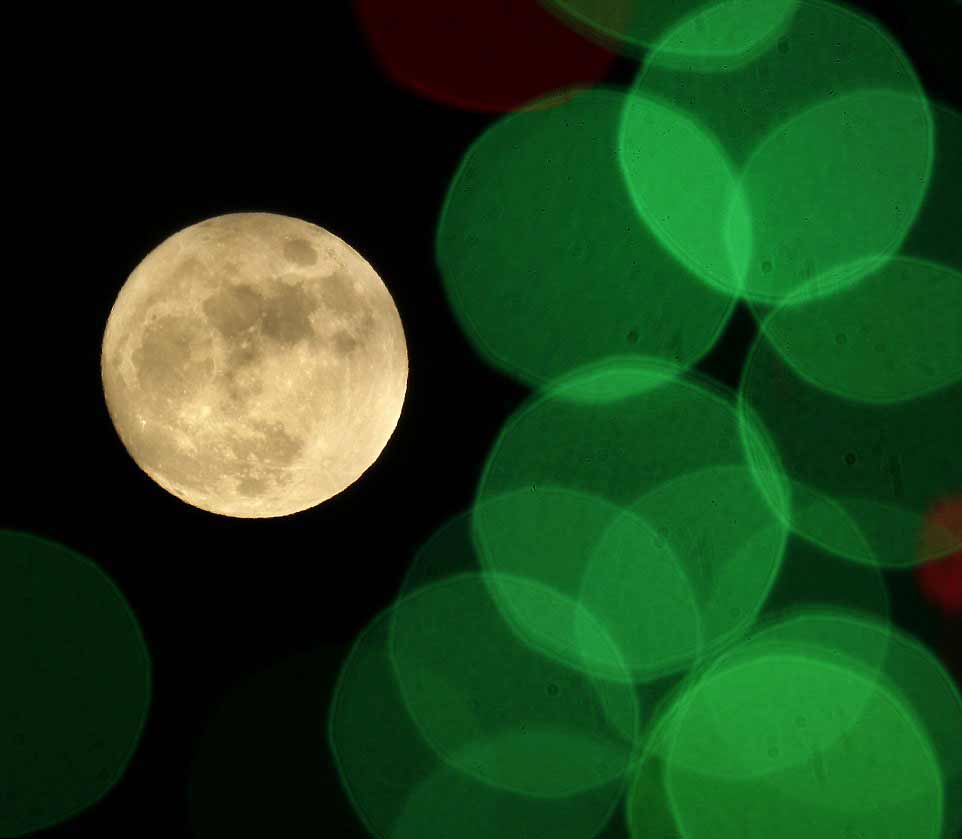
.
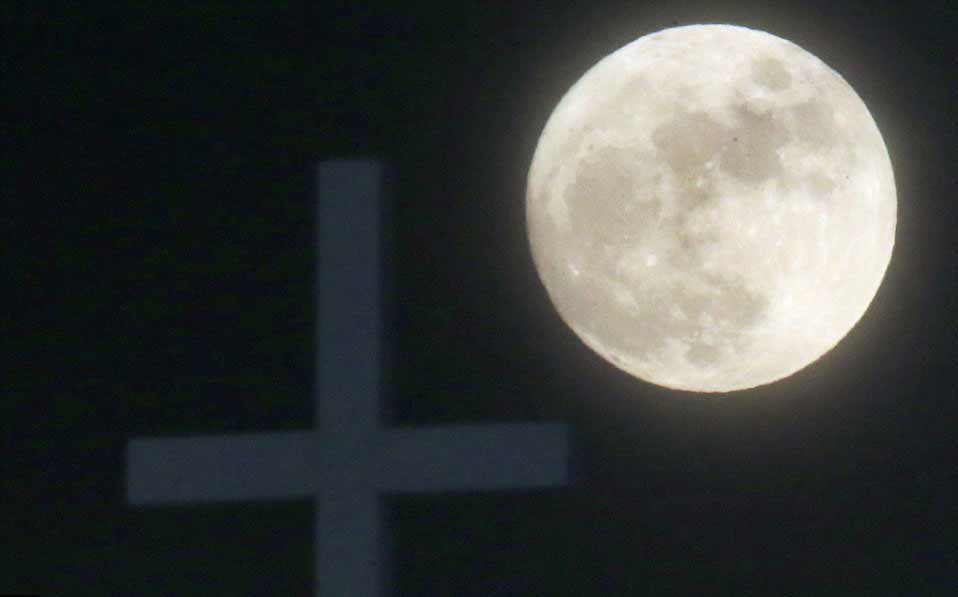
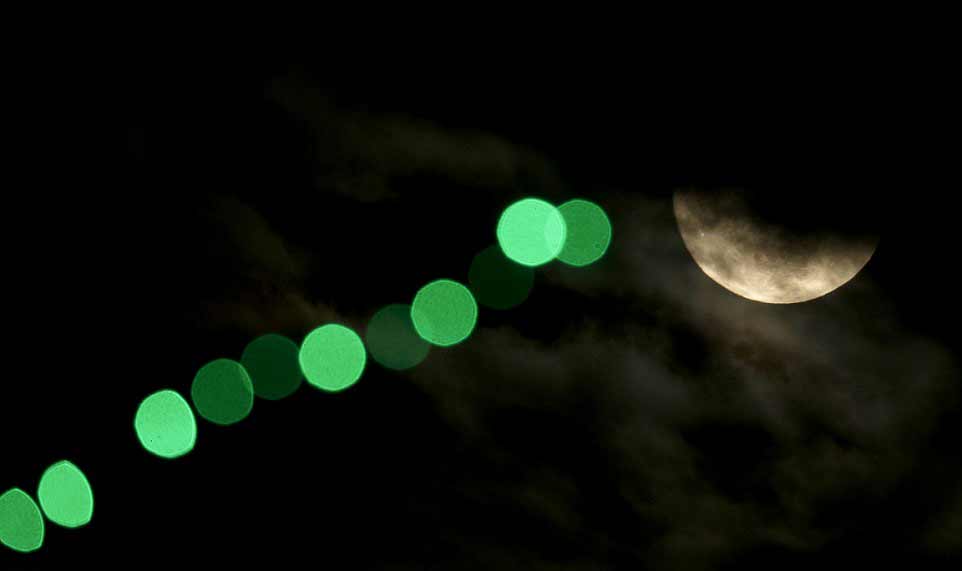
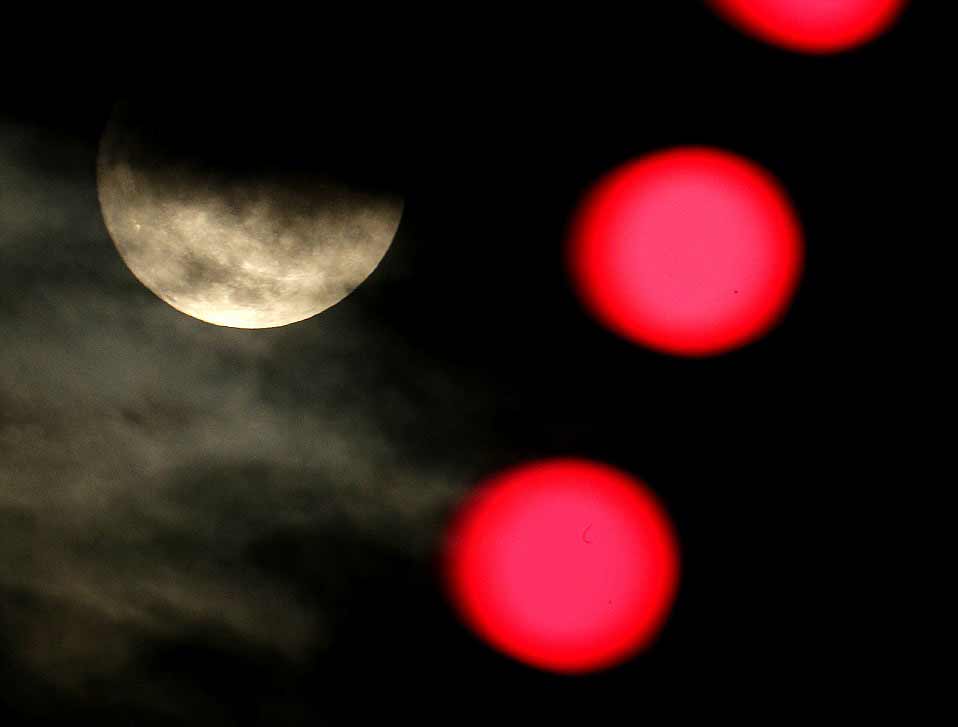
The phases of the moon are caused by the angle changes between the Sun, Earth and Moon. The cycle starts with a new moon. He believes up to the full moon, before shrink. Then the cycle starts again.
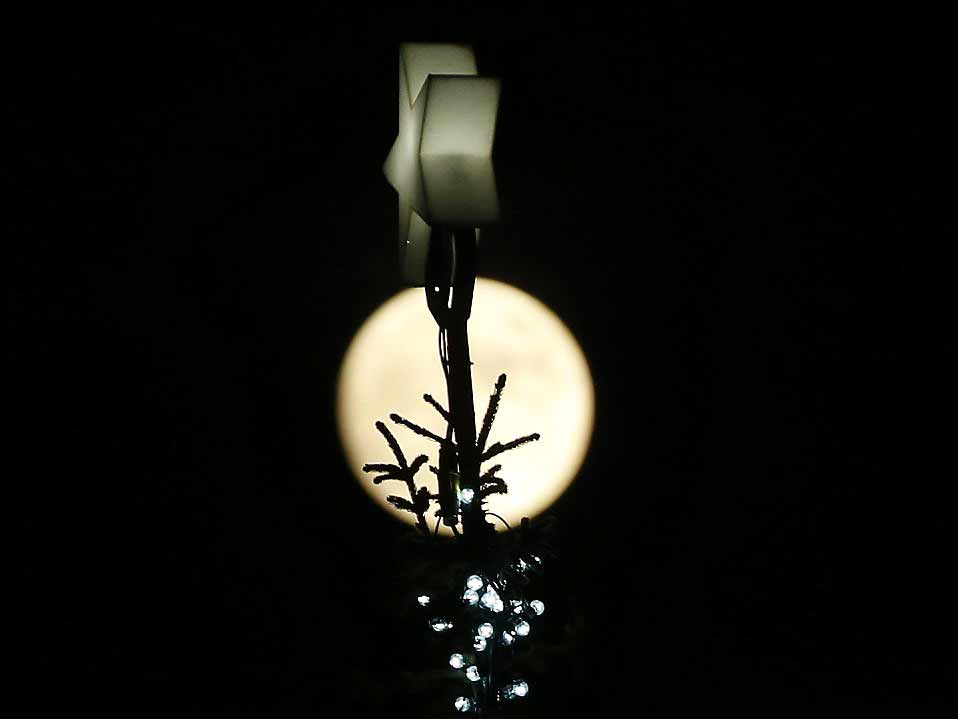
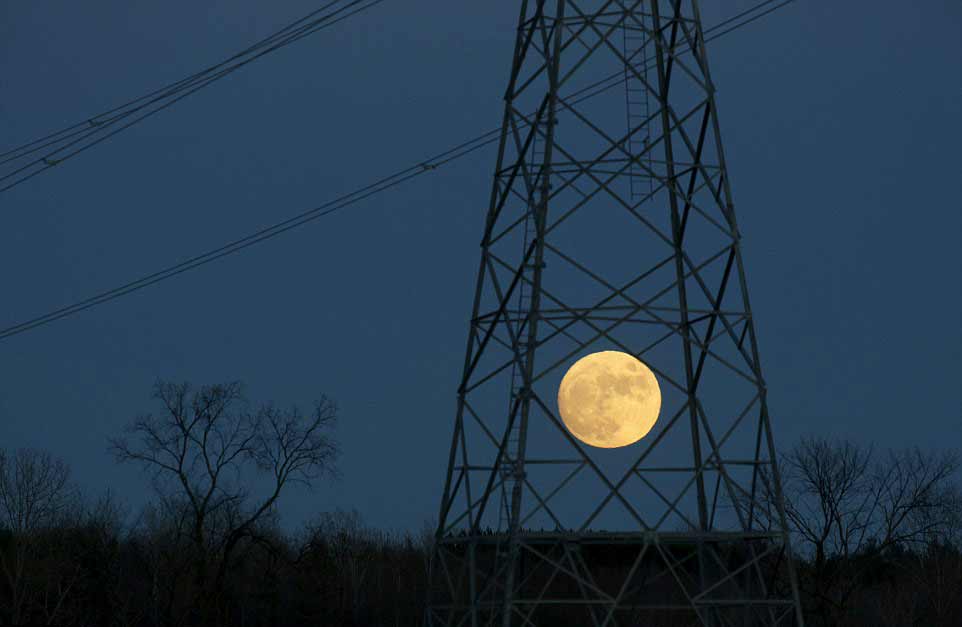
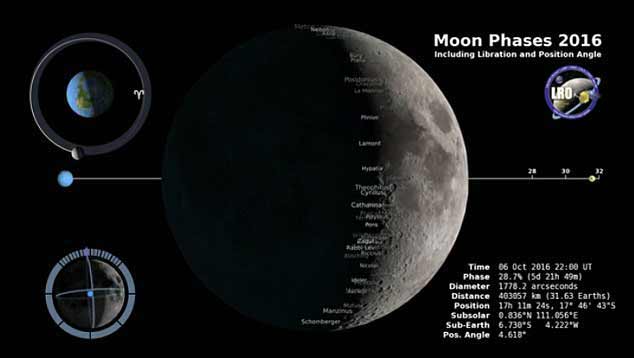
The face of the Moon remains constant as it is always the same face that we see. This is the light that changes according to its cycle, a cycle which lasts 29 days and a half. Because of its orbit, it approaches or moves away, giving it a height difference of 14%.
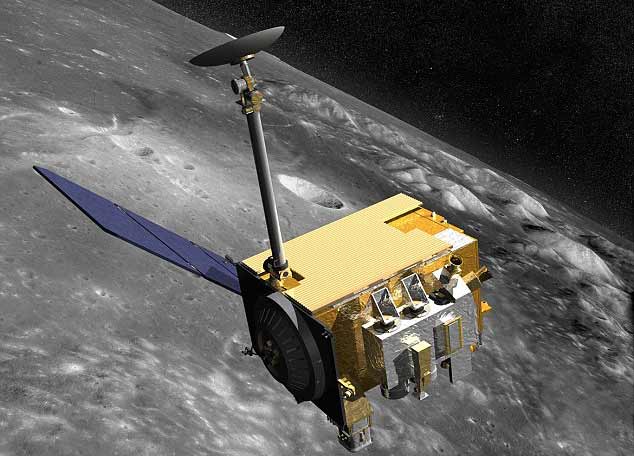
No comments:
Post a Comment